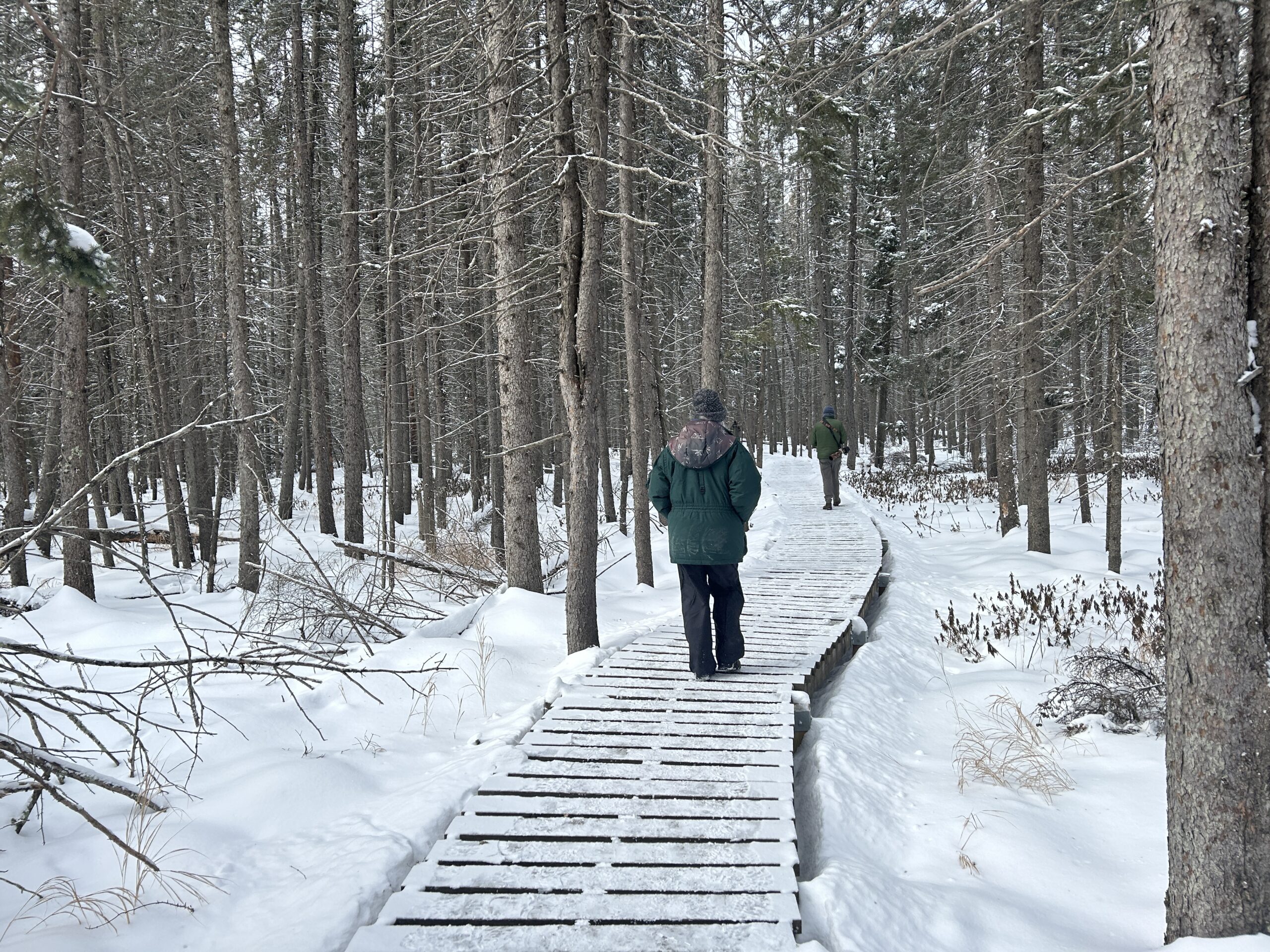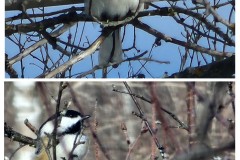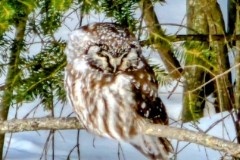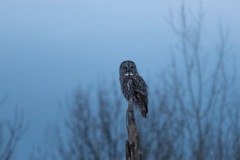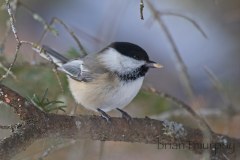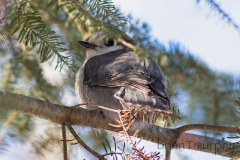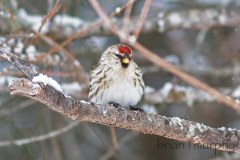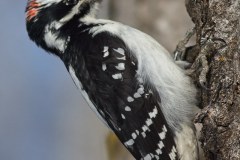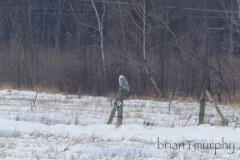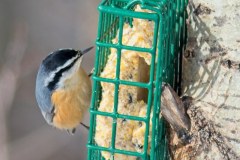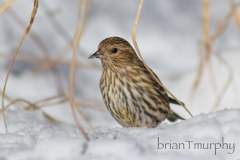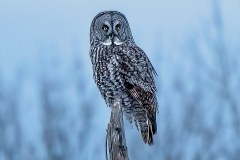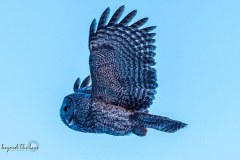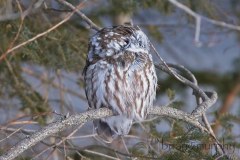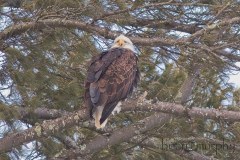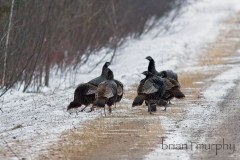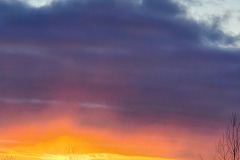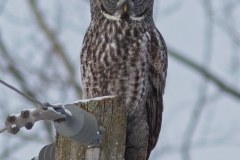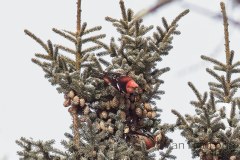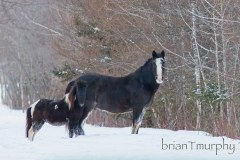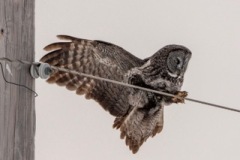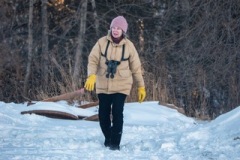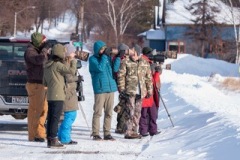With little to no knowledge of Sax-Zim, or Minnesota for that matter, leading a trip there did not seem wise, so we all went independently into the cold Northwoods. The results were just short of spectacular. Hearing that it was an irruptive year for both Great Gray Owls and Boreal Owls, it seemed a no-brainer this needed to happen. So now please enjoy this official blog of our unofficial field trip to Sax-Zim Bog.
Long known among serious birders as THE place to find northern owls and finches in winter and warblers and other boreal birds in summer, the Sax-Zim Bog is a “magic mix” of habitats that attracts a unique array of species not found in other parts of the United States.


Let’s first take a look at the area. Located an hour northwest of Duluth, Sax-Zim is no small nature preserve. We spent hours driving around, visiting all the suggested spots on the map, and searching for various species that were being reported on the Telegram app.
Pine Marten – Korben Moelter
Sax-Zim and the surrounding habitats cover an area of about 20 miles north-south and 15 miles east-west. Large farms surround and are interspersed within the bog areas. A non-profit of the same name runs the Sax-Zim Bog. They have a nice visitor center, with feeder station both at the center and a mile back in the forest. There are also feeding stations in various locations throughout the area, which you can see on the map above.

Bogs are often dismissed as just useless “swamps,” but they are much more. They are home to an amazing and surprising biodiversity. From rare orchids, moose and wolves, owls, and the myriad of the “winged jewels” we call warblers, bogs are incredibly important.

Pine Marten – Their diet is omnivorous and varies by season, but relies chiefly on small mammals like voles.

The Boreal Owl was the most exciting bird of the trip, even if it did attract a crowd of close to 100 people on Saturday. That might be the main drawback to birding Sax-Zim, so it is advisable to avoid weekends whenever possible.
Boreal Owl – Matt Betts
HABITAT of BOREAL OWL – Boreal and subalpine forest and mixed woodland. In winter favours mature forest, where uncrusted snow facilitates access to prey; likewise, in summer, mature forest sites have less herbaceous cover than open sites, allowing greater access to prey. Following spring thaw, shifts to openings where vole densities exceed those in forested stands; sometimes hunts over clear-felled areas and agricultural fields.

The Boreal Owl (Aegolius funereus), known as Tengmalm’s Owl in Eurasia, occupies boreal and subalpine forests in a circumboreal distribution from Scandinavia eastward across northern Siberia to Alaska, and across Canada and extreme northern portions of the U. S. to the Atlantic. Scattered populations extend southward into the subalpine forests of the Rocky Mountains, the Cascade ranges, and various mountain ranges in Eurasia.
Where abundant, it is an important predator of forest rodents… Female Boreal Owls are noticeably larger than males; indeed this species shows the most extreme reverse sexual dimorphism of any North American owl.
Although the Boreal Owl is not threatened on a global scale, concern exists for its populations in some areas, especially isolated montane populations south of continuous boreal forest. An obligate cavity nester, a majority of individuals in some European populations nest in artificial boxes due to loss of natural cavities after timber harvest.
The Great Gray Owl was also having an irruptive migration event. Normally, on a winter day, one would feel fortunate to locate one or two. This year 5,6,7, even 8 in one day. The Great Gray is a resident bird of the area, so coming up on a warmer day is an option. We all found more than one each day.


Over such a large area, about 300 square miles, our group only met twice, for lunch on Saturday and at the Welcome Center. We had a total of 12 birders from LWBA in six cars. Lodging and restaurants were really scattered, as in three places to eat: Wilburt’s Grill, Trailside Lounge and Grill, and Savana Portage Grill in Floodwood. So, pack some snacks when you come. And the weather—perfect sub-zero sunny to cloudy days with NO wind!
The Sax-Zim Bog is prime habitat for bog specialists including the aforementioned Great Gray Owl, Black-backed Woodpecker, Boreal Chickadee, Canada Jay, Yellow-bellied Flycatcher, and Connecticut Warbler. On top of this you can find grassland species like LeConte’s Sparrow, Sharp-tailed Grouse, Sedge Wren, Bobolink, and Brewer’s Blackbird during the summer months, with Northern Shrikes, Rough-legged Hawks, and sometimes Snowy Owls using those same habitats during the winter. The riverine forests of the St. Louis and Whiteface Rivers may not hold much attention during the winter, but are home to hard to find species in northern Minnesota like Wood Thrush, Great Crested Flycatchers, Scarlet Tanagers, and increasing Yellow-throated Vireos during the summer months.
Here is a collection of some of the group’s photos. Click to view them as a slide show. We plan to meet soon to review the trip and organize our efforts for next year.

